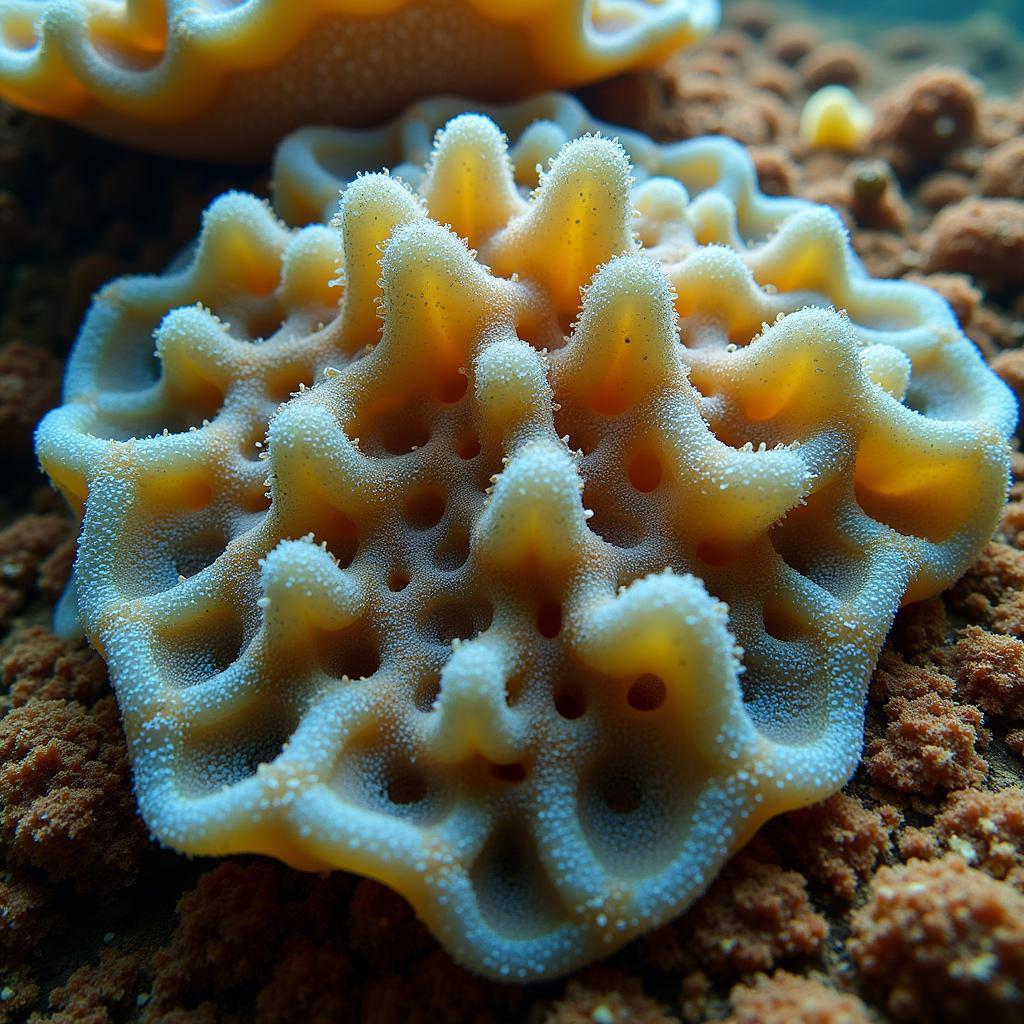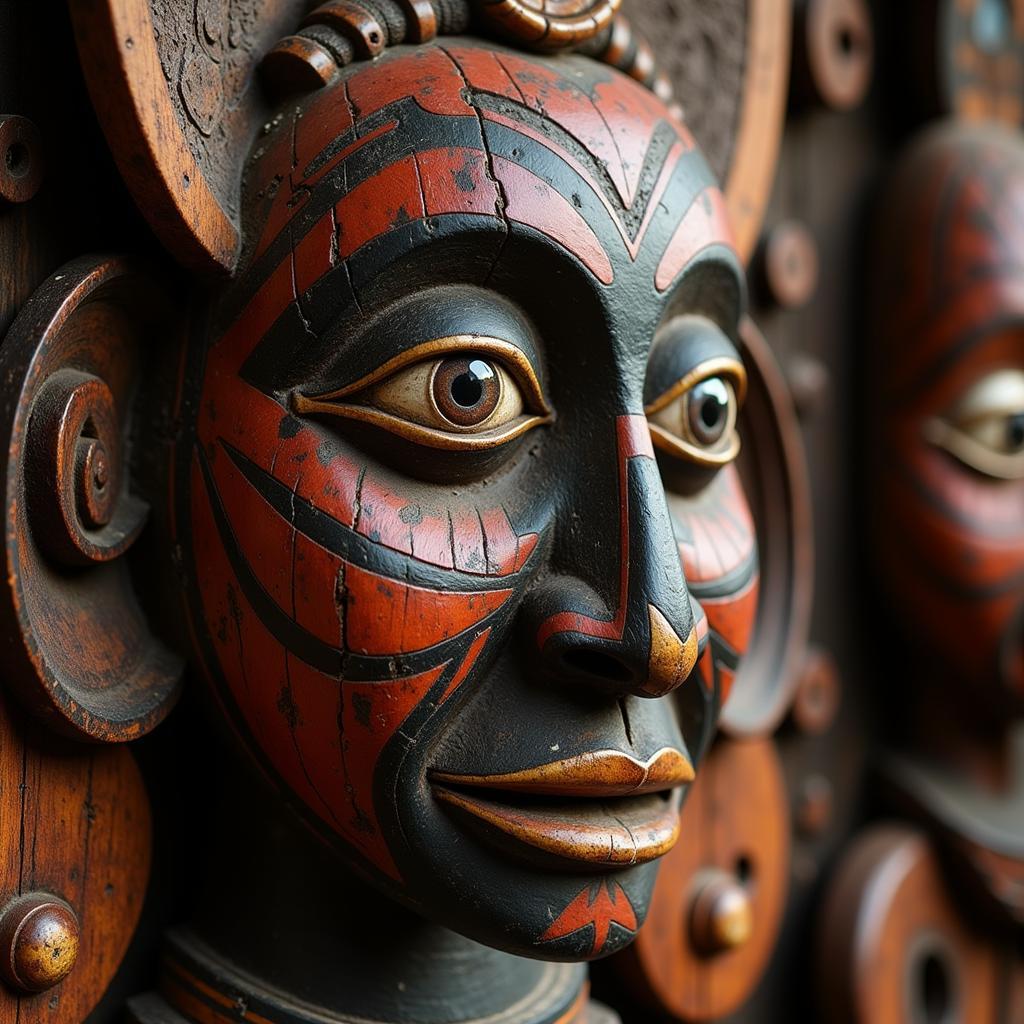African American Rhinoplasty in NYC: Enhancing Beauty and Confidence
African American rhinoplasty is a specialized surgical procedure that addresses the unique anatomical features of the nose in individuals of African descent. It involves reshaping the nose to improve its appearance, enhance breathing, or correct structural problems. This comprehensive guide explores the intricacies of African American rhinoplasty in New York City, providing valuable insights for individuals seeking to transform their appearance and boost their confidence.
Understanding African American Rhinoplasty
Rhinoplasty, commonly known as a nose job, is a surgical procedure that alters the shape and size of the nose. African Americans often have unique nasal features, including wider nasal bones, thicker cartilage, and a higher nasal bridge, which can significantly impact their aesthetic appearance.
Addressing Specific Concerns
African American rhinoplasty aims to address specific concerns related to the nose, such as:
- Improving the nasal tip: Addressing a drooping or bulbous tip, creating a more refined and defined appearance.
- Reshaping the nasal bridge: Adjusting the height and width of the bridge to enhance facial harmony and balance.
- Narrowing the nasal base: Correcting a wide nasal base to achieve a more symmetrical profile.
- Removing a hump or bump: Sculpting the nasal bridge to create a smooth and aesthetically pleasing contour.
- Correcting nasal asymmetry: Addressing any deviations or unevenness in the nasal structure.
- Improving breathing: Addressing nasal obstruction caused by deviated septum, enlarged turbinates, or other structural issues.
Finding the Right Surgeon in NYC
Choosing the right surgeon is crucial for a successful and satisfying rhinoplasty outcome. Here are key factors to consider when selecting an experienced and qualified surgeon in NYC:
- Specialization in Ethnic Rhinoplasty: Look for surgeons specializing in African American rhinoplasty, who understand the unique anatomical considerations and aesthetic preferences of this population.
- Board Certification: Ensure the surgeon is board-certified by the American Board of Facial Plastic and Reconstructive Surgery (ABFPRS) or the American Board of Otolaryngology-Head and Neck Surgery (ABOT).
- Experience and Expertise: Seek a surgeon with extensive experience performing rhinoplasty on individuals of African descent.
- Consultation and Communication: Choose a surgeon who takes the time to understand your individual goals, expectations, and concerns, and communicates clearly throughout the process.
“It is essential to find a surgeon who understands the specific needs and desires of African American patients,” says Dr. Aaliyah Johnson, a board-certified facial plastic surgeon in NYC specializing in ethnic rhinoplasty. “We aim to preserve natural features while enhancing beauty and confidence.”
The African American Rhinoplasty Procedure
The African American rhinoplasty procedure involves several steps, including:
- Consultation and Planning: A comprehensive consultation with the surgeon allows them to assess your nasal structure, understand your goals, and develop a personalized surgical plan.
- Anesthesia: General anesthesia is typically used for rhinoplasty, ensuring patient comfort and pain relief during the procedure.
- Surgical Technique: The surgeon utilizes specialized techniques tailored to the unique anatomy of African American noses, including cartilage grafting, bone reduction, and reshaping.
- Recovery: After surgery, you’ll experience some swelling, bruising, and discomfort. The surgeon will provide specific instructions for managing these symptoms and ensuring proper healing.
The Benefits of African American Rhinoplasty
Rhinoplasty can significantly benefit African American individuals by:
- Improving Appearance: Achieving a more balanced and symmetrical facial profile, enhancing overall appearance.
- Boosting Confidence: Feeling more comfortable and confident with their facial features, leading to a positive impact on self-esteem.
- Enhancing Breathing: Addressing nasal obstruction, improving airflow, and relieving congestion.
- Correcting Structural Problems: Resolving any underlying anatomical issues affecting breathing or appearance.
Frequently Asked Questions
Q: How much does African American rhinoplasty cost in NYC?
A: The cost of rhinoplasty can vary depending on the complexity of the procedure, the surgeon’s fees, and the facility’s charges. It’s important to consult with the surgeon for a personalized cost estimate.
Q: How long is the recovery period?
A: The recovery time after rhinoplasty can vary based on the extent of the procedure. Most individuals can expect to return to normal activities within a week or two, but it may take several months for the swelling to fully subside and the final results to become apparent.
Q: Are there any risks associated with African American rhinoplasty?
A: As with any surgical procedure, there are potential risks associated with rhinoplasty, including bleeding, infection, and an unsatisfactory cosmetic outcome. It’s essential to discuss these risks with the surgeon during the consultation.
Q: Can I get financing for African American rhinoplasty in NYC?
A: Many surgeons and medical facilities offer financing options to make rhinoplasty more accessible. It’s recommended to inquire about financing arrangements during the consultation.
Q: What are the latest advancements in African American rhinoplasty?
A: Advancements in surgical techniques, imaging technology, and minimally invasive procedures continue to improve the outcomes and recovery time for rhinoplasty. It’s crucial to stay informed about the latest developments in the field.
Q: What should I ask my surgeon during the consultation?
A: During the consultation, don’t hesitate to ask your surgeon about their experience, qualifications, surgical techniques, potential risks, recovery process, expected results, and cost.

